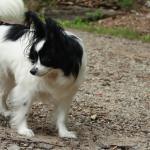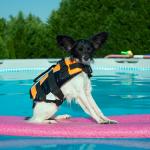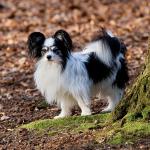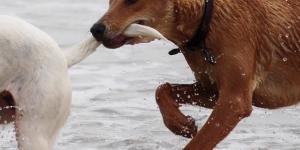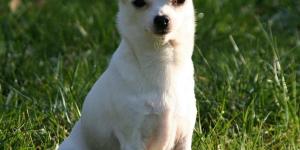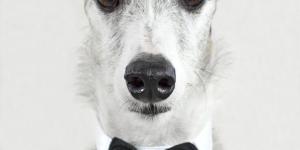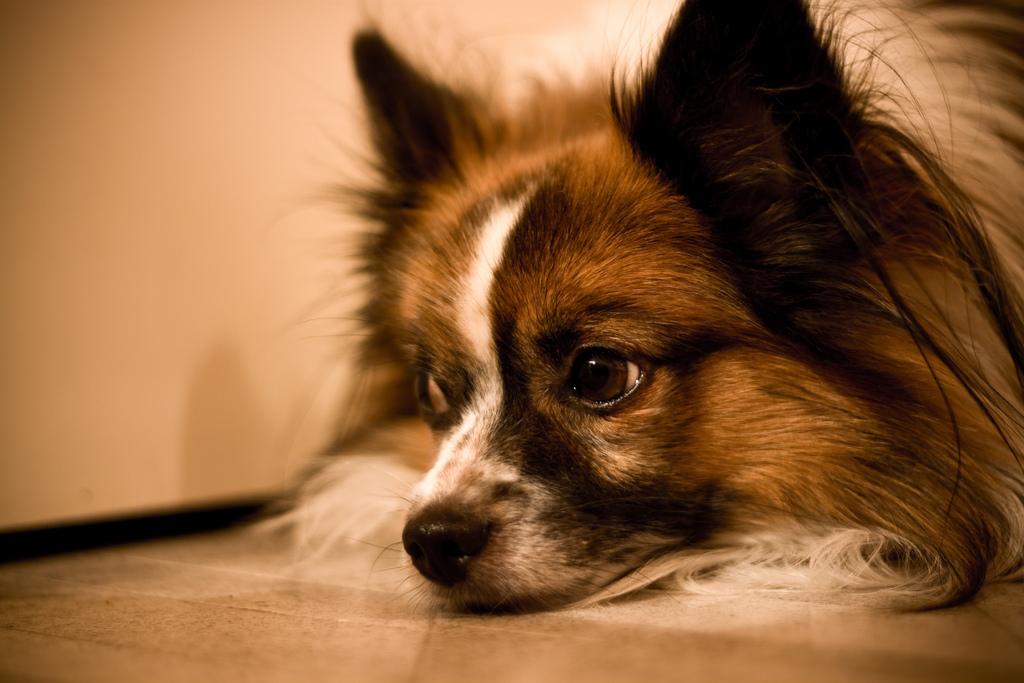Papillon
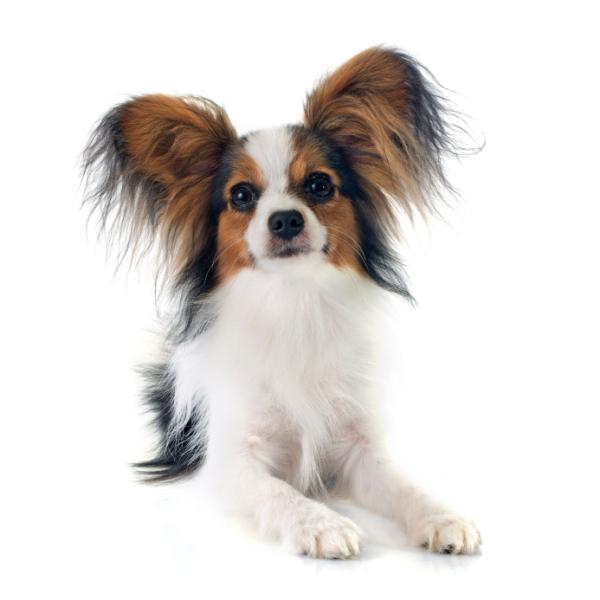
In this breed file we will speak about the Papillon dog, also known as the Continental Toy Spaniel. It is one of the most elegant dogs in the world and comes from France and Belgium.
Below we will detail some fundamental aspects that you should know if you are considering adopting one: the characteristics of the breed, how their training works or and their relationships with children. But first, a little history:
The Papillon became really popular when Tiziano Vicelli painted them in the 16th century, as a result of which many other renowned painters began to include the Papillon dog in their works . It was then that dogs of the Papillon breed were considered as dogs of royalty since throughout Europe the most important kings included them in their family paintings. The Papillon created a tendency. It is even said that Marie Antoinette had a papillon. This beautiful and soft water dog changed its physical morphology slightly in the 19th century, when breeding enthusiasts began to select specimens with erect ears, an aspect with which we now associate with the papillon dog. Of course, this breed was not recognized until 1935.
The Papillon dog is still an excellent companion dog, adored by those who own him.
- Europe
- Belgium
- France
- Group IX
- 5-14
- 14-18
- 18-22
- 22-27
- 27-31
- More than 31
- 2-7
- 7-22
- 22-55
- 55-100
- 100-220
- 8-10
- 10-12
- 12-14
- 15-20
- Low
- Meidum
- High
Physal Characteristics of a Papillon Dog
The Papillon is a small dog measuring 23 centimeters in height to the cross and weighing between 1 and 5 kilograms. Its appearance is fine and elegant of which its soft head is emphasized next to big ears, resembling the shape of a butterfly, its most well known physical attribute. Its mantle is white with black, chestnut, red or sable spots. It can come in different tones.
There are "two types" of papillon dogs: the one we know with erect and stunning ears or another that shows them more upright. Regardless of how their ears look, main organizations catalog it as the same dog breed.
Behavior of a Papillon Dog
Each Papillon dog has a specific and defined personality that can vary depending on the education it receives. After good socialization of a Papillon puppy we could say that we would be faced with an intelligent and social dog, able to relate well with people and other animals. Education is key to achieving an obedient and emotionally stable dog.
This breed is undoubtedly very dedicated and eccentric and love to be pampered and given attention. They are especially playful and active so they will need you to walk and exercise with them regularly.
The Papillon dog is an excellent watchman. You will be surprised to see how it alerts you to any sound or movement near your home, something inherent in its personality. This dog has been considered a barking dog however this is determined by his education.
Caring for a Papillon dog
First we will focus on hair care: although its medium / long coat seems to isolate it from the cold, the fact is that the Papillon does not tolerate low temperatures especially well. That's because, unlike other dogs, it has a single coat of fur. These dogs are therefore susceptible to colds and tremors. We recommend that you get a sweater for your small dogs so that in winter they are warm and comfortable.
We also emphasize the importance of taking care of itscoat on a regular basis. Brushing and using fabric softener will help keep its hair extremely soft and tangle free. You should also clean its eyes daily to avoid the formation of unsightly brown spots.
Possible health problems of a Papillon
Dog breeds that have been crossed excessively by the same blood line tend to develop common diseases, either by genetic inheritance or predisposition. That is not so usual in dogs without breed.
Below we will explain some of the most common diseases that can affect your papillon dog:
- Ball joint dislocation: This is a misalignment of the bone. It causes pain and discomfort in the dog either at the time of walking, lying or stretching. It is a very common disease in this breed and is usually genetic.
- Seizures and epilepsy: Normally this is a chronic but not fatal disease . It is usually a consequence of the genetic inheritance of the animal although it can also occur for no apparent reason.
- Dental problems: Dental problems can be solved with regular hygiene and care.
- Allergy: Allergy is not much less deadly but it does bother this breed. A dog may be allergic to certain foods and even to environmental factors such as pollen or certain fibers. If we detect an excessive scratching by the animal we should go to the veterinarian to treat it as soon as possible.
Whatever health problem your Papillon dog seems to be affected by, remember that it is of utmost importance to go to the veterinarian as soon as possible. The quicker the veterinarian can diagnose the dog, the quicker the dog can be treated.
Training of the Papillon Dog
To begin with we must remember the importance of socializing the animal when it is a puppy. Once our dog begins to grow and is able to learn things we must teach different orders. It is not about tricks and pirouettes that make us laugh, it is about teaching the dog useful orders that allow him to live harmoniously in his community and without suffering damages.
The Papillon dog is able to learn a great variety of tricks and is a great athlete, for that reason, we often find Papillon dogs in Agility championships.
Papillon photos





